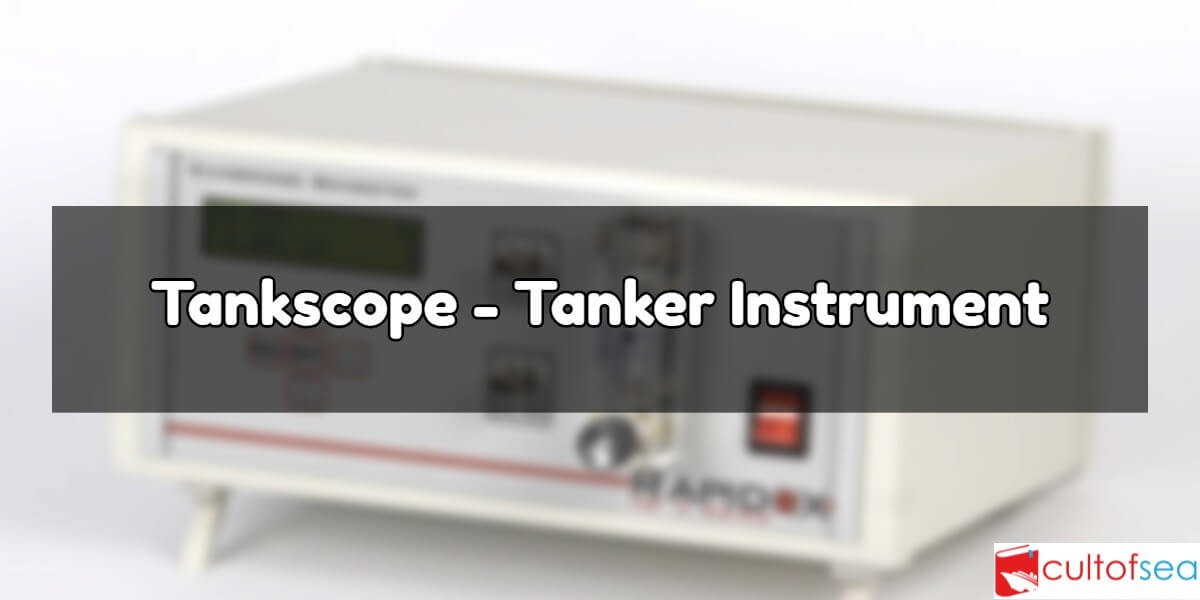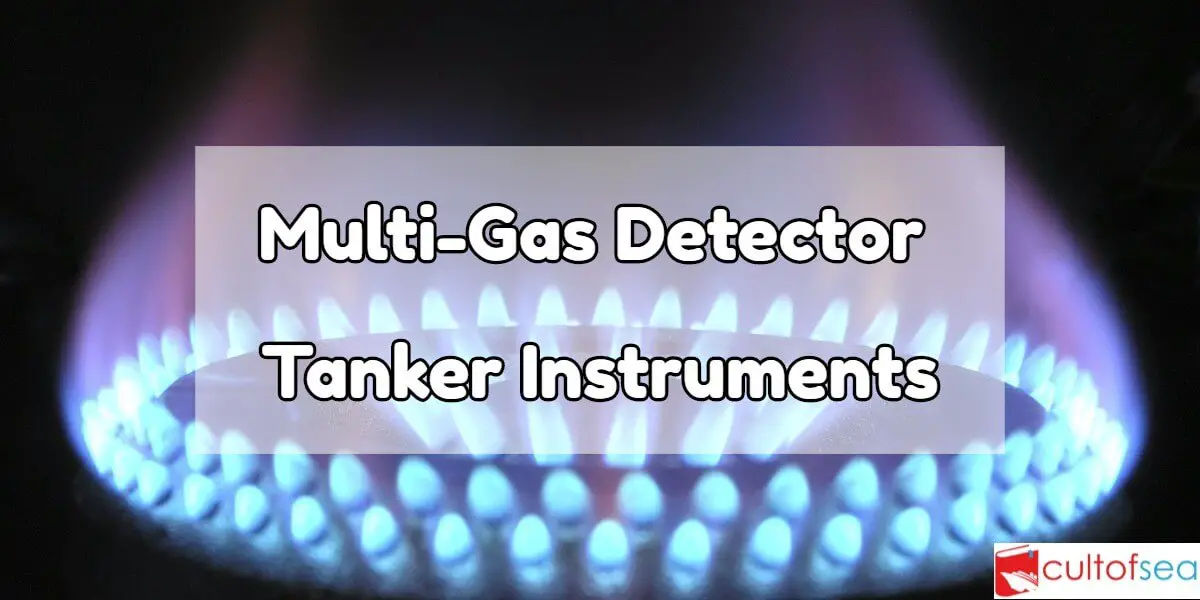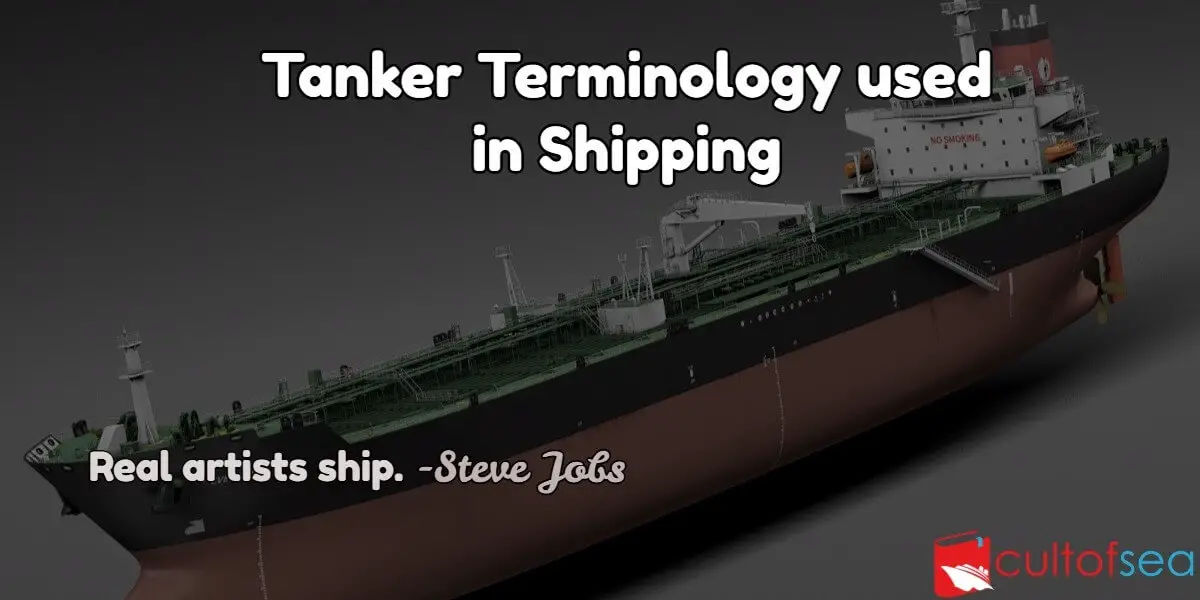Different Types of Gas Tanker Ships Gas carriers can be grouped into five different categories according to the cargo carried and the carriage condition. These are as follows:Fully pressurised ships Semi-pressurised ships Ethylene ships Fully refrigerated LPG ships LNG shipsThe first three ship types listed are most suitable for the shipment of smaller-size cargoes of LPG and chemical gases. This is normally accomplished on short-sea and regional routes. Fully refrigerated ships are used extensively for the carriage of large size cargoes of LPG and ammonia on the deep sea … [Read more...]
Gas Tanker Basics – Definitions and Hazards
Transportation of Liquefied Gases by Sea General For economical marine transportation, gas is carried in a liquefied state. As a liquid, the volume to weight ratio at atmospheric pressure is in the range of 650 times less than in the gaseous state. That means we can carry 650 times more cargo in the liquid state as compared to a carriage in the gaseous state.The temperature at which a gas condenses is a function of its pressure. The combination of pressurising and cooling is, therefore, fundamental to gas carrier design. Some ships carry gases liquefied under pressure & others under … [Read more...]
Tankscopes – Tanker Instruments
Non-Catalytic Heated Filament Gas Indicators (Tankscopes) Operating Principle The sensing element of this instrument is usually a non-catalytic hot filament. The composition of the surrounding gas determines the rate of loss of heat from the filament, and hence its temperature and resistance. The sensor filament forms one arm of a Wheatstone Bridge The Initial zeroing operation balances the bridge and establishes the correct voltage across the filament, thus ensuring the correct operating temperature During zeroing, the sensor filament is purged with air or inert gas that is free from … [Read more...]
Combustible Gas Indicator or (Explosimeter) – Tanker Instruments
Principle The Combustible Gas Indicator (CGI) or Explosimeter is used to measure the volume of flammable gas in a gas/air mixture. It gives the result as a percentage of the lower flammable limit. It is used to ascertain the atmosphere in a cargo tank when planning tank cleaning in a too lean atmosphere or for evaluation of C/H gas prior to man entry, hot work or other operations.Marine Safety Appliances MSA 40 is a commonly used CCI. It works on the Catalytic Combustion Principle. A catalytic filament is heated by an electric current. A sample of the atmosphere to be tested is drawn over … [Read more...]
Multi-Gas Detector – Tanker Instruments
Working This is an instrument used for evaluating the tank atmosphere, prior to man entry, specifically for the presence of toxic gas. Hollow, glass tubes are inserted into a hand-held bellows pump through which a metered volume of the sample to be tested is drawn.The tubes are coated internally with a reagent and sealed at both ends. Different tubes are required for each type of toxic gas. The tubes are graduated externally. Just before use, the sealed ends are broken and the tube is fitted to the pump.As the sample is drawn through the tube by a recommended number of strokes of the … [Read more...]
Tanker Terminology used in Shipping
Tanker Terminology Anti-static additiveA substance added to a petroleum product to raise its electrical conductivity to a safe level above 50 picoSiemens/metre (pS/m) to prevent accumulation of static electricity. Auto-ignitionThe ignition of a combustible material without initiation by a spark or flame, when the material has been raised to a temperature at which self-sustaining combustion occurs. BondingThe connecting together of metal parts to ensure electrical continuity. Brush dischargeA brush discharge is a diffuse discharge from a single blunt … [Read more...]





